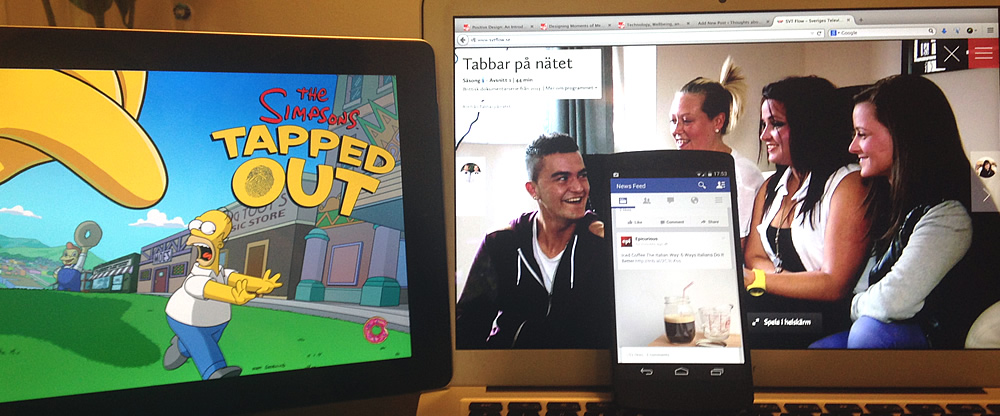Must attempts to design nudges and persuasions be feared and abandoned? Or can we design behavior-influencing technologies in a way that increase individual freedom?
I often speak of freedom as something that is increasing in the world. Of the human population a larger percentage then ever is free to express itself, have enough to eat and is free from physical and mental threats. Freedom is increasing in the world despite the current rumblings of neo-nazis and fascists and despite 77 countries currently outlawing same sex consensual relations.
Today I have read (parts of) the paper Technology, Wellbeing, and Freedom: The Legacy of Utopian Design by Steven Dorrestijn and Peter-Paul Verbeek. In the section “Technology, Wellbeing, and Freedom” they ask the question “Must attempts to design nudges and persuasions be feared and abandoned…”? My work is to influence the behaviour of persons and interfaces. Dorrestijn & Verbeeks question is therefore very important to me.
The answer to their questions is that we can continue to design with influence as a goal. “Recognizing the fundamentally mediating role of technical products in our daily lives, after all, does not mean that we are playthings of our devices, with no will of our own.”
The authors use the concept of “freedom as practice” from philosopher Michel Foucault in their analysis. “Foucault came to understand freedom not as a state of independence from influences, but as a practice, of reflecting upon and seeking the transformation of the conditions of one’s existence.”
They continue: “Applying Foucault’s idea of freedom as practice means that freedom is no longer a given state of independence from technology, but rather is the practice of coping with the technical influences on our existence. Important aspects are that this freedom only emerges when it is practised, and that it does not ultimately mean a liberation from technology, but rather the conscious choosing and elaborating of attachment to technologies.” and “Striving for freedom in relation to technology, then, should be understood as care for the “quality of our interactions and fusions with technology,” rather than as independence from technology”.
For us practitioners I find the following important: “Design for wellbeing, then, requires that attempts to design behavior-influencing technologies are complemented with ways to equip users with the means to develop a creative relationship with the technologies that affect their lives.”


